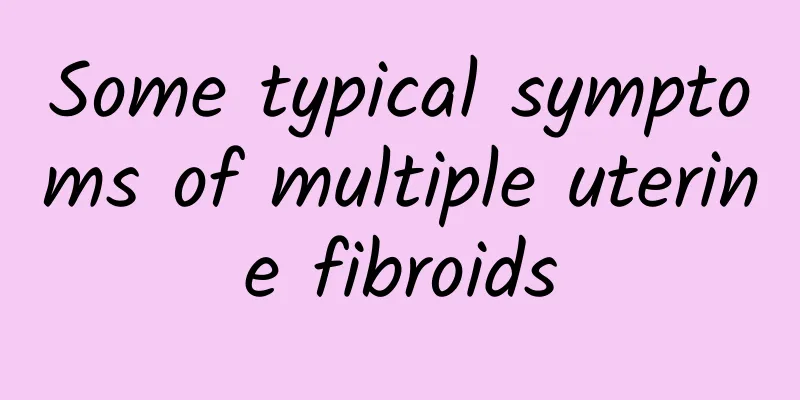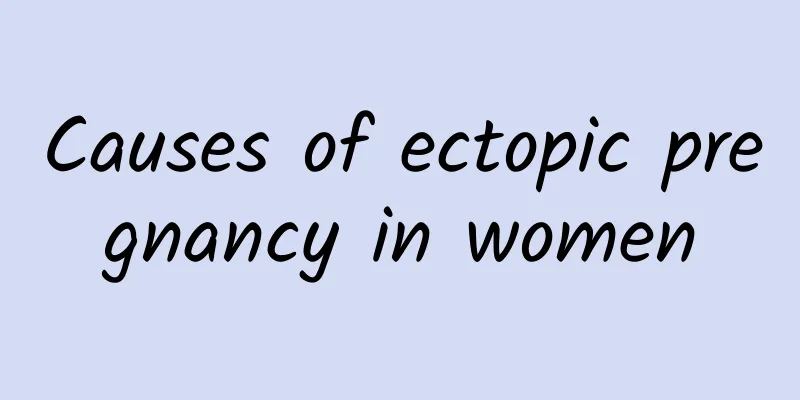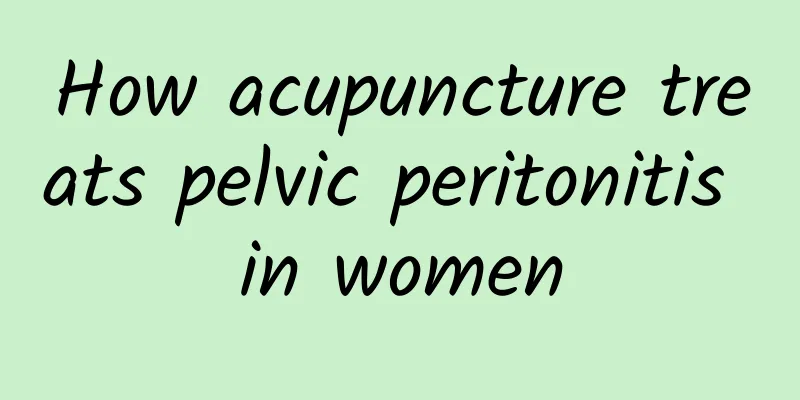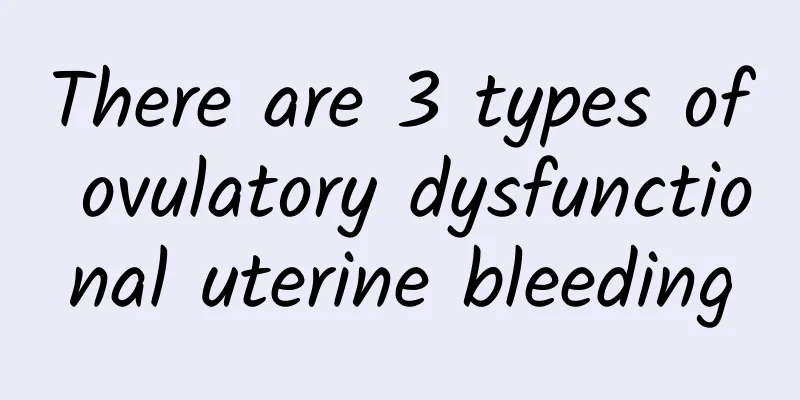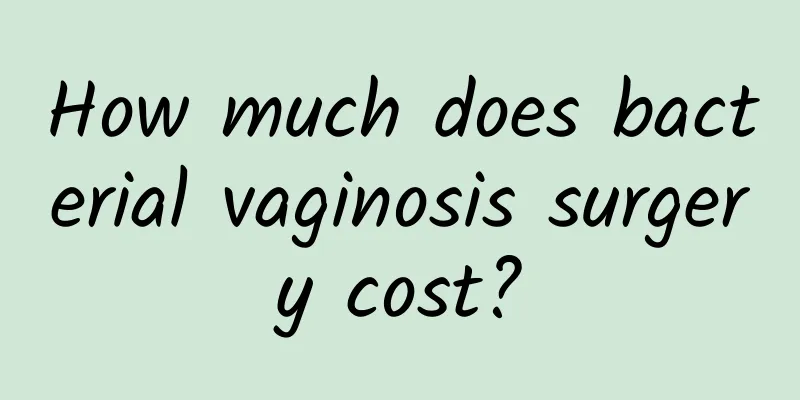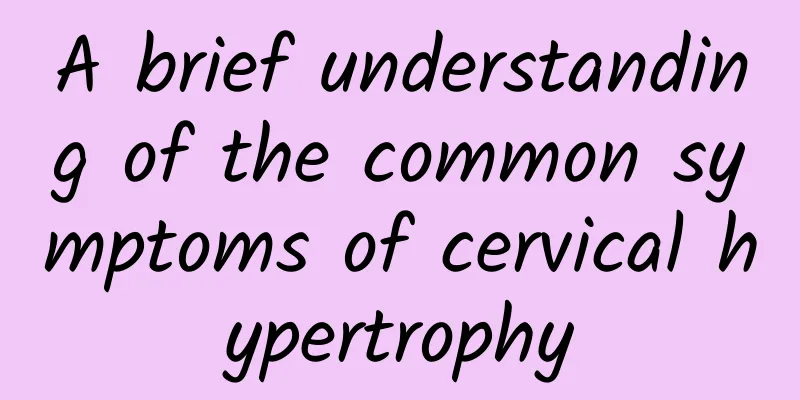Why can't menopause be cured?
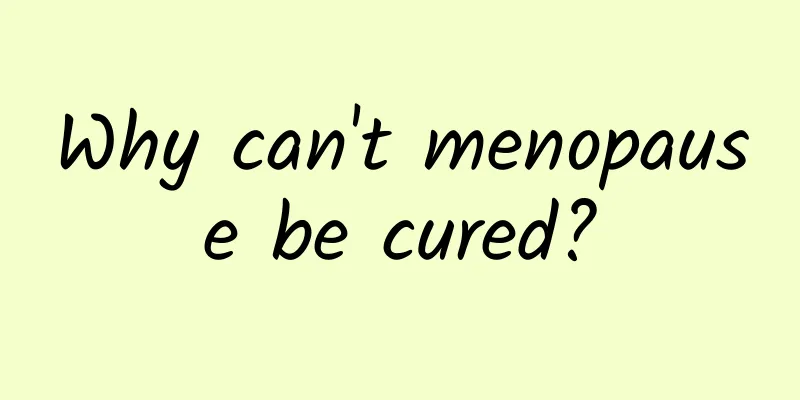
|
There are three main methods for treating female menopause. If it is caused by lifestyle problems and non-infection, it can be treated through diet therapy. If it is caused by disease, it must be treated with medication to curb the disease. In the most serious cases, surgery must be taken. In the later stages, you must pay more attention to yourself and improve your ability to protect yourself. Here are some current methods for treating menopause. 1. Treat the organic lesions that cause menopause For patients with intrauterine adhesions, the uterine cavity can be dilated, adhesions can be separated, an intrauterine contraceptive device can be placed to prevent re-adhesion, and estrogen and progesterone can be used to promote endometrial hyperplasia and exfoliation. For ovarian or pituitary tumors, surgical treatment can be performed after diagnosis. For patients with genital tuberculosis, anti-tuberculosis treatment is given. 2. Estrogen and progesterone replacement therapy For patients with congenital ovarian hypoplasia, or ovarian failure caused by ovarian function suppression or destruction, exogenous ovarian hormone replacement therapy can be used. These patients lack normal follicles and oocytes and do not secrete sex hormones. If estrogen or estrogen and progesterone are given for artificial cycle therapy, the physiological and psychological state of estrogen deficiency can be corrected, the development of reproductive organs and secondary sexual characteristics can be promoted to a certain extent, sexual life can be improved, and periodic withdrawal bleeding similar to menstruation can be caused. 3. Induce ovulation For patients who desire fertility and have not lost ovarian function, hormones or analogs can be used to induce ovulation: ① For those with pituitary insufficiency, follicle-stimulating hormone (hMG) extracted from the urine of postmenopausal women can be used to promote follicle development and estrogen secretion, and combined with human chorionic gonadotropin (hCG) for treatment, the ovulation success rate is high. ② For those with normal pituitary and ovarian function but insufficient or uncoordinated hypothalamic function, clopidogrel can be used to correct the function of the hypothalamic pituitary-ovarian axis and induce ovulation. ③ For menopause caused by endogenous LHRH deficiency, the use of pulsed micro-LHRH injection to induce ovulation has a good effect. ④ For patients with hyperprolactinemia, bromocriptine can inhibit the effect of prolactin, restore the secretion of gonadotropin, and thus induce ovulation. |
<<: Why is menopause always difficult to cure?
>>: Why is menopause difficult to cure?
Recommend
What are the causes of amenorrhea in women?
Women who have not had menstruation for more than...
Briefly introduce some causes of ectopic pregnancy
Many women may experience ectopic pregnancy durin...
How to prevent the consequences of uterine fibroids?
The consequences of uterine fibroids may include ...
What is the best way to treat bacterial vaginosis?
What is the best way to treat bacterial vaginitis...
What are the symptoms of cervicitis
Cervicitis is one of the common gynecological dis...
Knowing more about the treatment of cervicitis can help patients
There are more and more patients with cervicitis ...
What are the treatments for vaginitis?
The most common inflammation in the vagina is vag...
What to do if your period does not come due to candidal vaginitis
What should I do if my period doesn’t come due to...
Under what circumstances should abortion surgery not be performed?
Artificial abortion is suitable for pregnant wome...
What are the consequences of severe pelvic inflammatory disease? Leading to female infertility
Pelvic inflammatory disease must be treated promp...
Reminder: Several important things to note after abortion
Speaking of abortion, many people may have heard ...
How to take care of ectopic pregnancy in daily life
I believe everyone has heard of the disease of ec...
When is the best time for medical abortion? What are the precautions for medical abortion?
The best time for medical abortion is in the earl...
What are the 4 symptoms of female ovarian cysts?
What are the symptoms of female ovarian cysts? 4 ...
There are reasons why you can't lose weight. Long-term dieting leads to slow metabolism.
This book is all about tinkering with your metabo...


